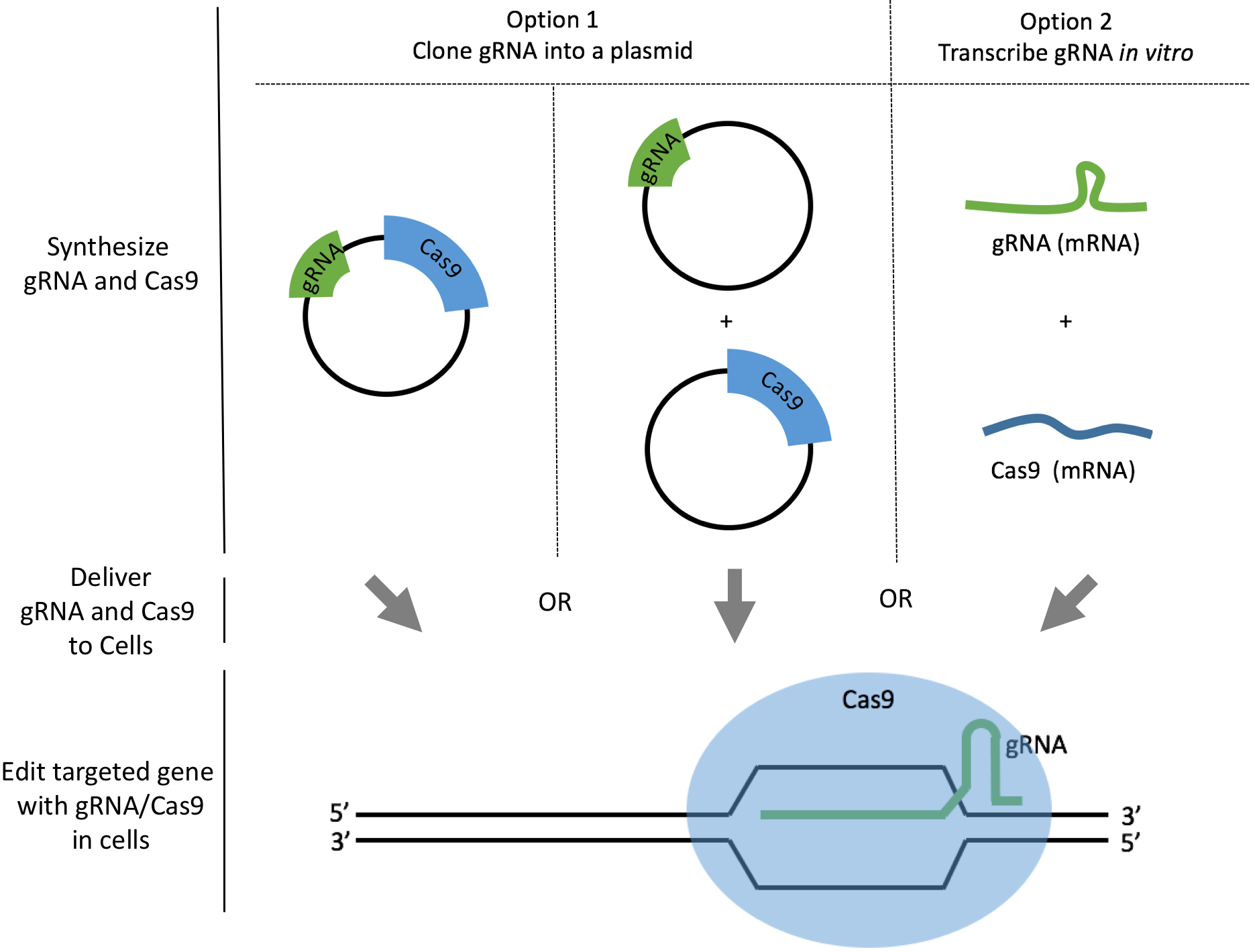

Living organisms solely use RNA primers, while primers used in the lab are usually DNA primers. What types of primers are there? RNA vs DNA primers The main property of primers is they must be complementary to the DNA template strand, serving to “prime” the strand for DNA polymerase to bind to and initiate DNA synthesis. Primers can also be called oligonucleotides and are literally small pieces of single-stranded nucleotides, generally about 5 – 22 base pairs in length.

Primers are simple but key ingredients for DNA synthesis both within our bodies and within scientific experiments. Once primers are designed, run in silico PCR, or use them to plan critical tasks such as restriction cloning, Golden Gate assembly, and Gibson cloning. Be able to easily attribute results from experiments with the exact set of primers used, or see which sequences a primer is associated with.
#BENCHLING VS SNAPGENE FULL#
Link primer information directly in the Benchling Notebook and Benchling Registry providing full traceability for every experiment where a primer was used. With Benchling, teams can easily access shared primer libraries, upload new primer sequences, or design brand new primers. Primers are key ingredients in DNA synthesis, a process that occurs in sequencing, cloning, PCR, and other molecular biology methods in the lab.


 0 kommentar(er)
0 kommentar(er)
